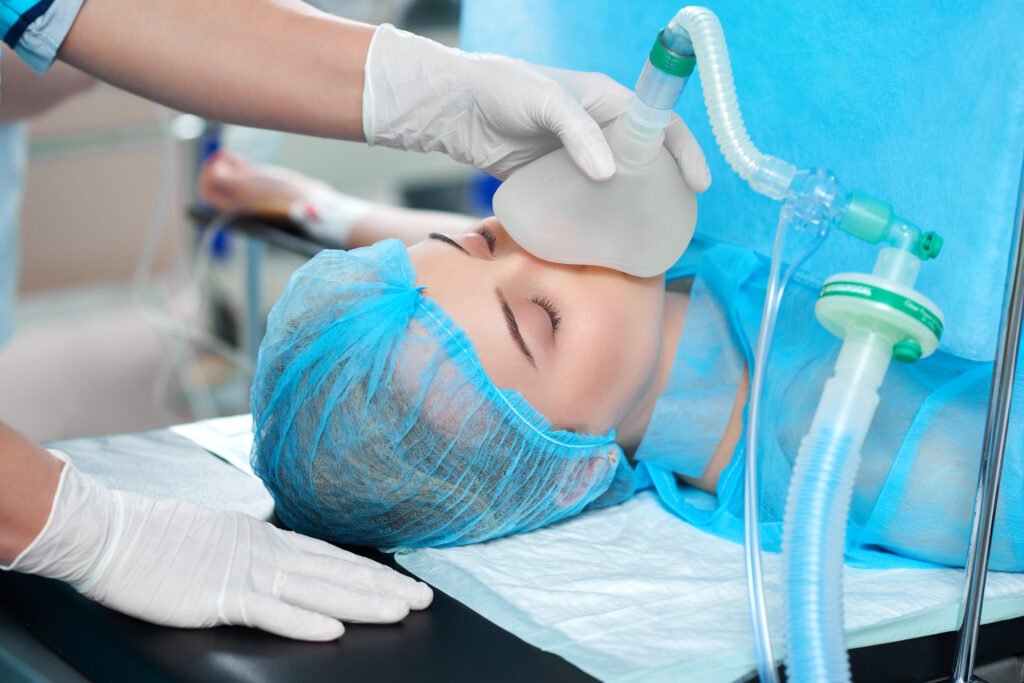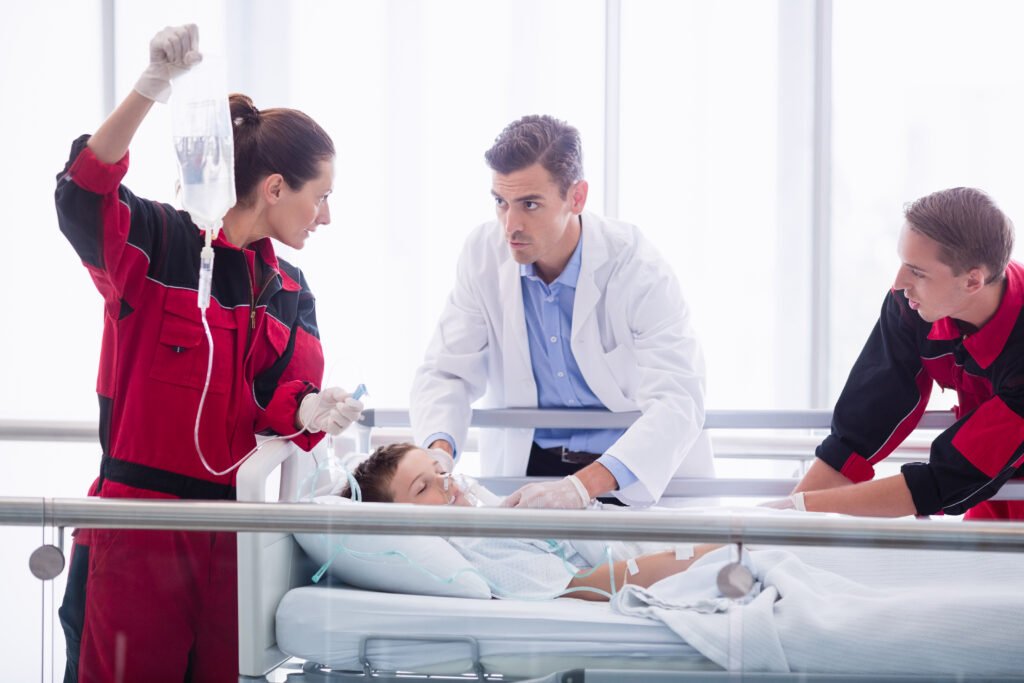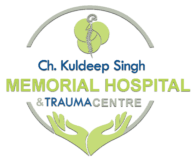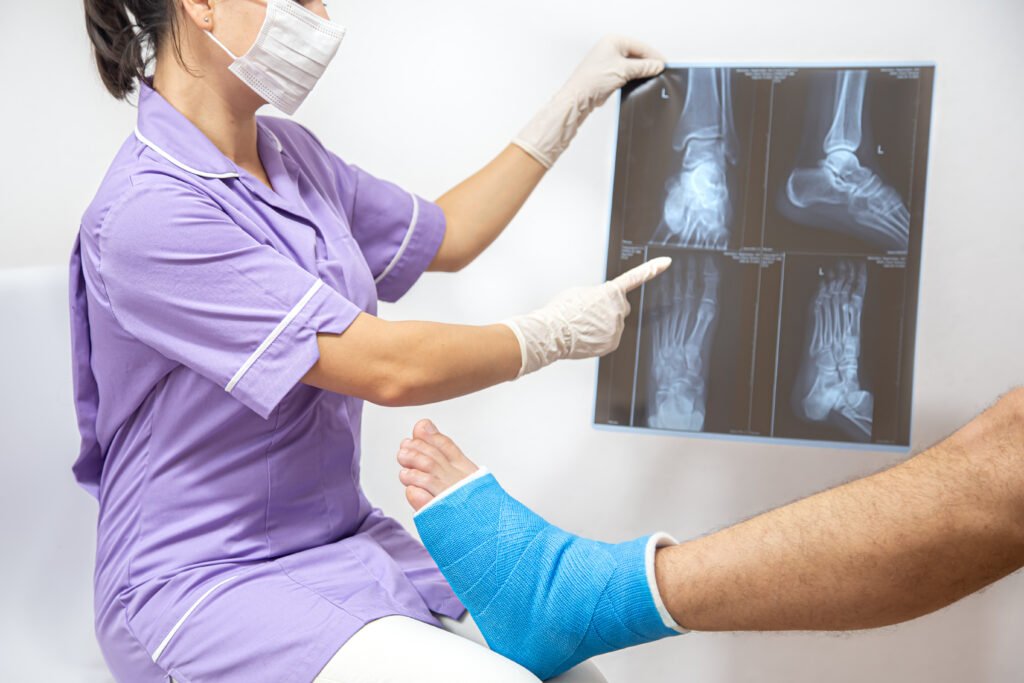Inside the 24/7 Trauma Centre: How Emergency Medicine Saves Lives Every Second
Introduction
Imagine a place where life and death decisions are made in seconds, where doctors, nurses, and paramedics work tirelessly to save lives at all hours. This is the reality of a 24/7 trauma centre. Emergency medicine is a field where time is the most valuable asset, and each second can mean the difference between survival and tragedy.

What is a Trauma Centre?
A trauma center is a specialized medical facility equipped to handle severe injuries and life-threatening conditions. Unlike a regular emergency room (ER), a trauma center has highly skilled professionals, advanced equipment, and the capability to manage complex, high-risk cases.
Levels of Trauma Centres
Trauma centers are classified into five levels:
- Level 1: Comprehensive care, 24/7 surgical services, and research facilities.
- Level 2: Can handle major trauma cases but lacks research programs.
- Level 3: Provides initial emergency care and limited surgery options.
- Level 4 & 5: Basic emergency care with transfer options to higher-level centers.
The Heart of a Trauma Centre: The Emergency Room
The emergency room (ER) is where the initial assessment, diagnosis, and stabilization of patients occur. Doctors and nurses work in a high-pressure environment, ensuring patients get the necessary care within minutes of arrival.
Role of Emergency Medical Teams
A trauma center runs on the efficiency and expertise of its medical team, including:
- Emergency Physicians: Diagnose and treat life-threatening conditions.
- Trauma Surgeons: Perform critical surgeries.
- Nurses & Technicians: Provide essential patient care and monitor vital signs.
- Paramedics & EMTs: Deliver pre-hospital care and transport patients safely.

Life-Saving Procedures Performed in Trauma Centres
From resuscitation to complex surgeries, trauma centers perform:
- CPR and Advanced Life Support
- Emergency Brain Surgery for Head Injuries
- Blood Transfusions and Trauma Management
The Golden Hour: Why Every Second Counts
The “Golden Hour” is the critical first hour after a traumatic injury. Quick action during this period significantly increases survival chances.
Technology in Emergency Medicine
- CT Scans & MRIs for Instant Diagnostics
- AI-Assisted Triage Systems
- Telemedicine for Remote Emergency Consultations
Challenges Faced by Trauma Centres
- Overcrowding: High patient influx leads to long wait times.
- Resource Constraints: Lack of funding and medical staff shortages.
Handling Different Types of Emergencies
- Car Accidents: Major cause of trauma admissions.
- Gunshot & Stabbing Victims: Require rapid intervention.
- Stroke & Cardiac Arrest Cases: Need immediate treatment for survival.
The Mental Toll on Emergency Medical Staff
The constant exposure to trauma can lead to PTSD and burnout. Support groups and mental health resources are essential.
The Role of Ambulance and Pre-Hospital Care
Pre-hospital care is crucial. Paramedics provide:
- CPR & Defibrillation for Cardiac Arrest
- Pain Management & IV Therapy
Public Awareness and Preventative Measures
Educating the public on first aid and accident prevention can reduce the burden on trauma centers.
Future of Trauma Centres and Emergency Medicine
The future holds promising advancements such as:
- AI in Emergency Response
- Portable Life-Saving Devices
Conclusion
Trauma centers and emergency medicine save countless lives every second. Their importance in healthcare cannot be overstated. With continued advancements, these centers will become even more efficient and life-saving.
FAQs
- What is the difference between an ER and a trauma centre?
- ERs handle all medical emergencies, while trauma centres specialize in critical injuries.
- What are the busiest hours in a trauma centre?
- Night shifts, weekends, and holidays tend to be the busiest.
- How can I prepare for a medical emergency?
- Learn CPR, have an emergency contact list, and know the nearest trauma center.
- What’s the survival rate in trauma centres?
- Survival rates depend on the severity of injuries, but rapid response increases chances.
- Can trauma centres handle mass casualties?
- Yes, they have disaster response plans for handling large-scale emergencies.

